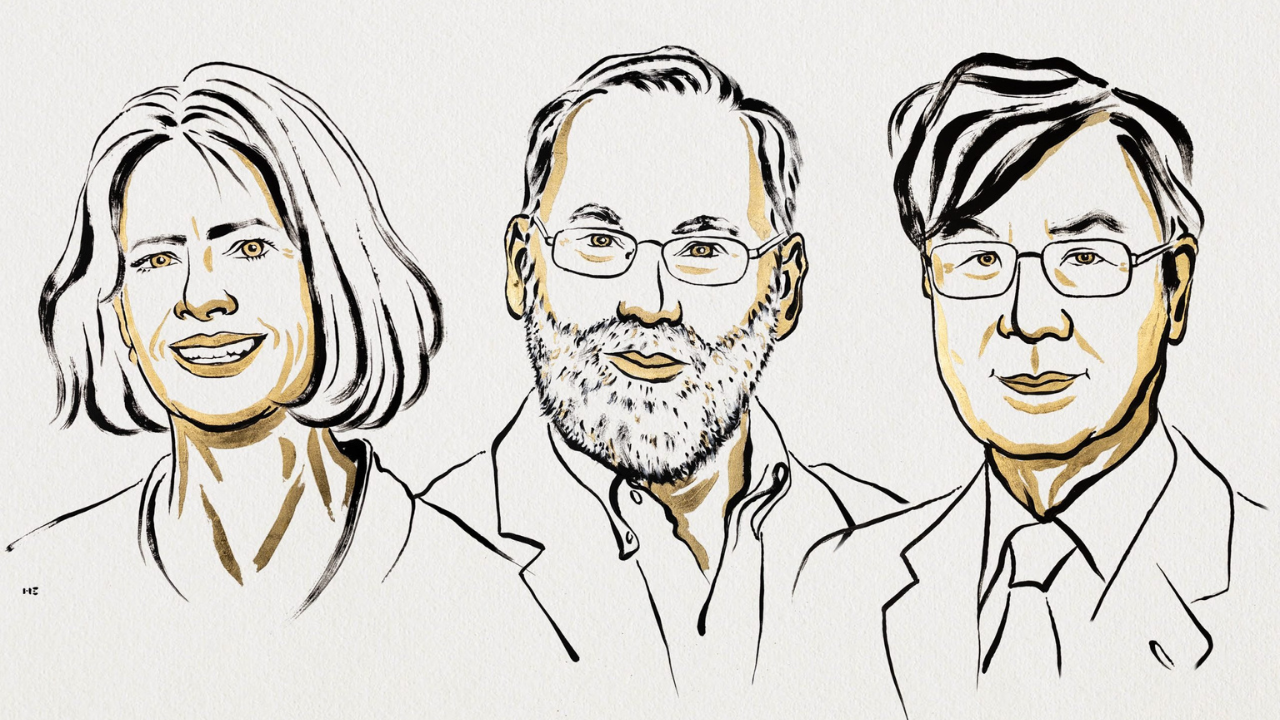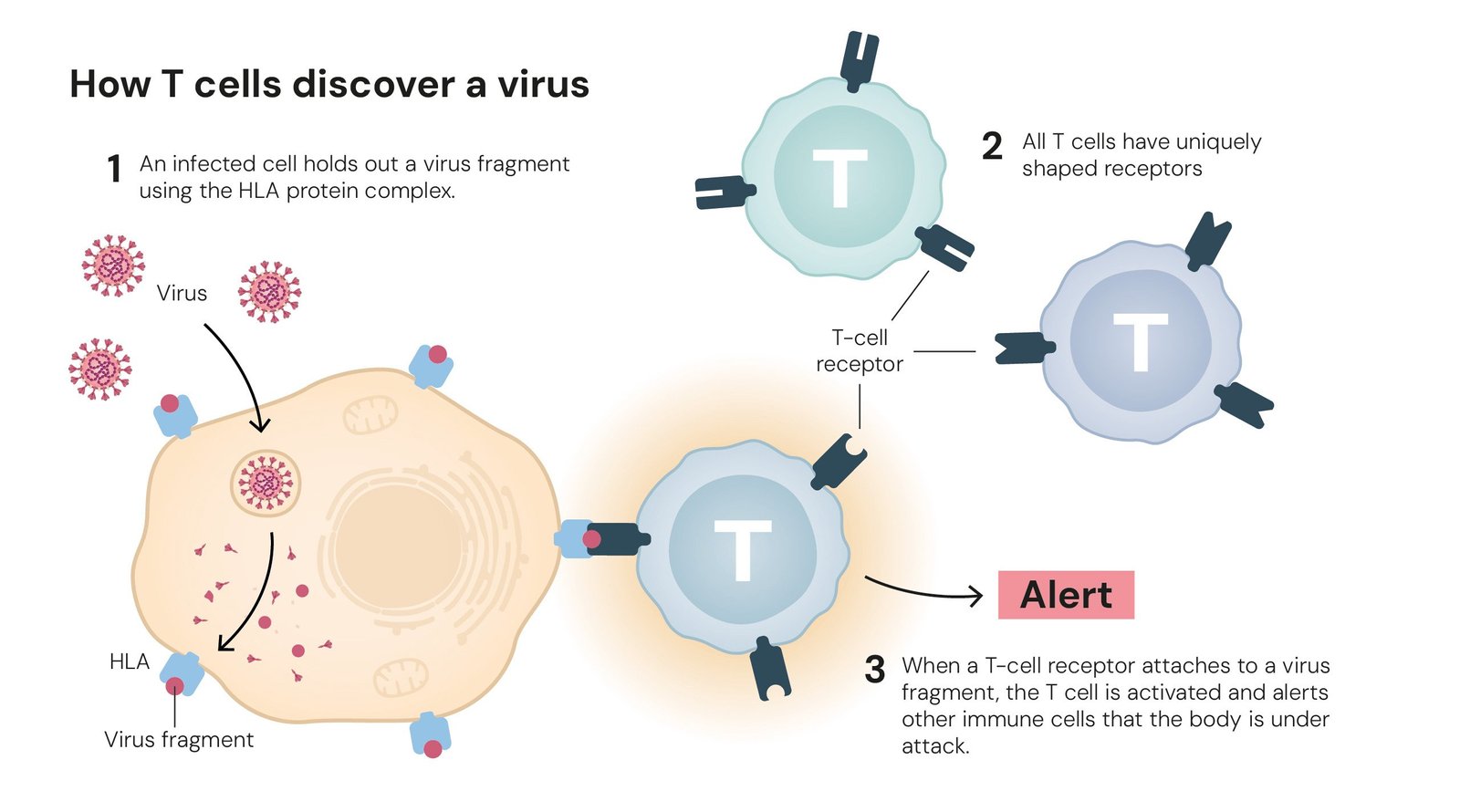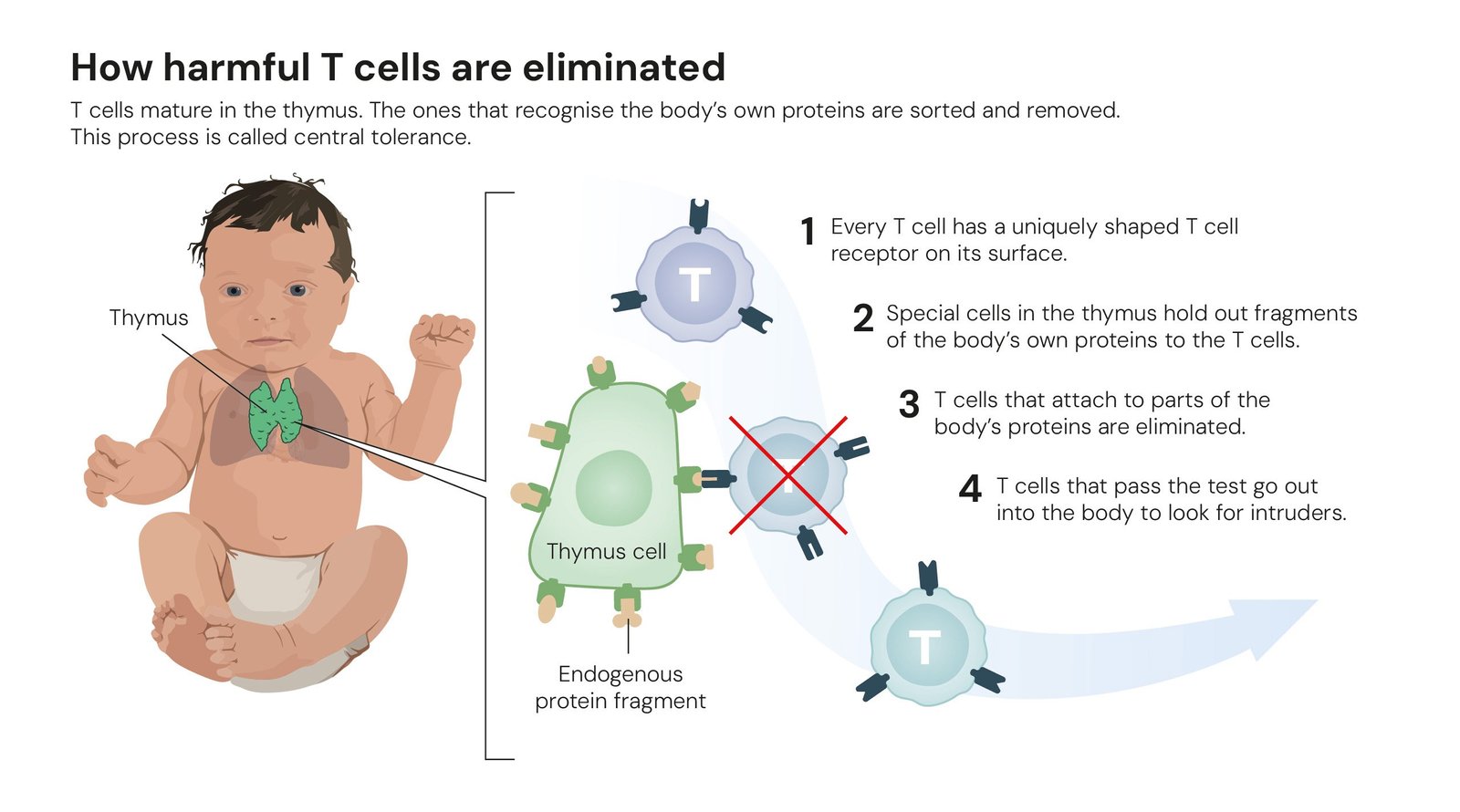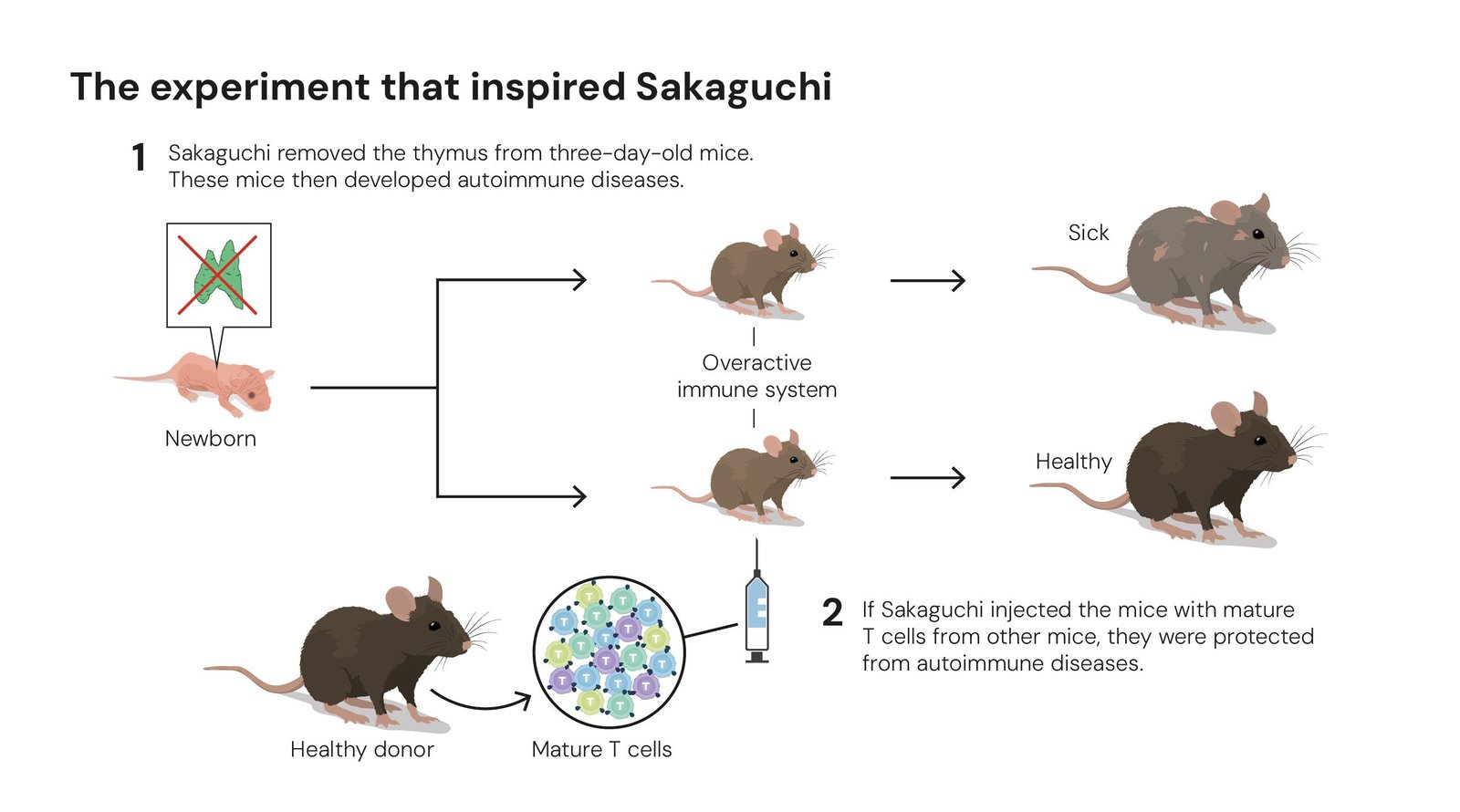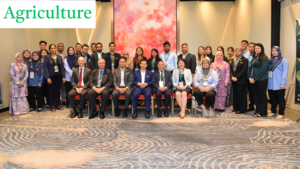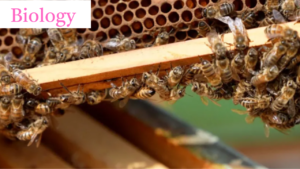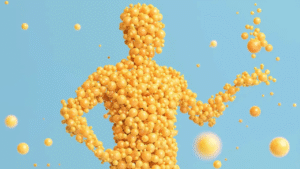The Nobel Assembly at the Karolinska Institutet has made the decision to confer the 2025 Nobel Prize in Physiology or Medicine upon Mary E. Brunkow, Fred Ramsdell, and Shimon Sakaguchi for their significant discoveries related to peripheral immune tolerance.
They have identified the immune system’s regulatory T cells, which act as security guards, thereby establishing a new area of research. These discoveries have also facilitated the creation of potential medical treatments currently undergoing evaluation in clinical trials. The aim is to treat or cure autoimmune diseases, enhance cancer therapies, and avert serious complications following stem cell transplants.
The immune system, which is highly powerful, requires regulation to prevent it from attacking our own organs. Mary E. Brunkow, Fred Ramsdell, and Shimon Sakaguchi have made pioneering discoveries regarding peripheral immune tolerance, which safeguards the body from immune system damage. Their findings have laid the groundwork for a new research domain and have stimulated the development of innovative treatments, particularly for cancer and autoimmune disorders.
Daily, our immune system defends us against countless microbes attempting to invade our bodies. These microbes exhibit various characteristics, and many have evolved to resemble human cells as a means of disguise. How, then, does the immune system discern what to attack and what to protect?
Mary Brunkow, Fred Ramsdell, and Shimon Sakaguchi have been awarded the Nobel Prize in Physiology or Medicine for 2025 due to their essential discoveries concerning peripheral immune tolerance. The laureates have identified the immune system’s regulatory T cells, which serve as security guards, preventing immune cells from attacking the body’s own tissues.
“Their discoveries have laid the foundation for a new field of research and spurred the development of new treatments, for example for cancer and autoimmune diseases,” the prize-awarding body said in a statement.
Mary E. Brunkow, born 1961. Ph.D. from Princeton University, Princeton, USA. Senior Program Manager at the Institute for Systems Biology, Seattle, USA.
Fred Ramsdell, born 1960. Ph.D. 1987 from the University of California, Los Angeles, USA. Scientific Advisor, Sonoma Biotherapeutics, San Francisco, USA.
Shimon Sakaguchi, born 1951. M.D. 1976 and Ph.D. 1983 from Kyoto University, Japan. Distinguished Professor at the Immunology Frontier Research Center, Osaka University, Japan.
Illustrations of their research
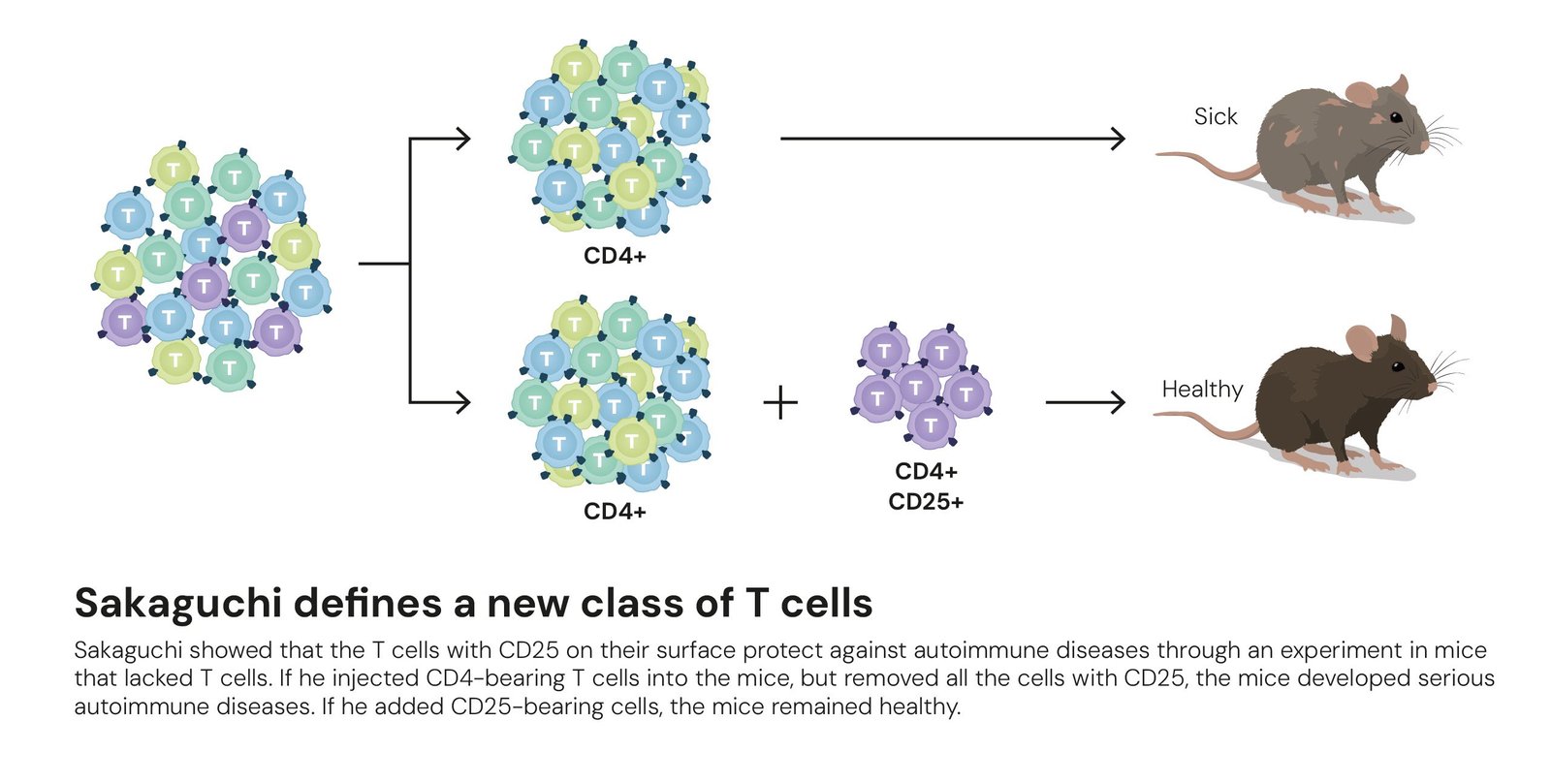
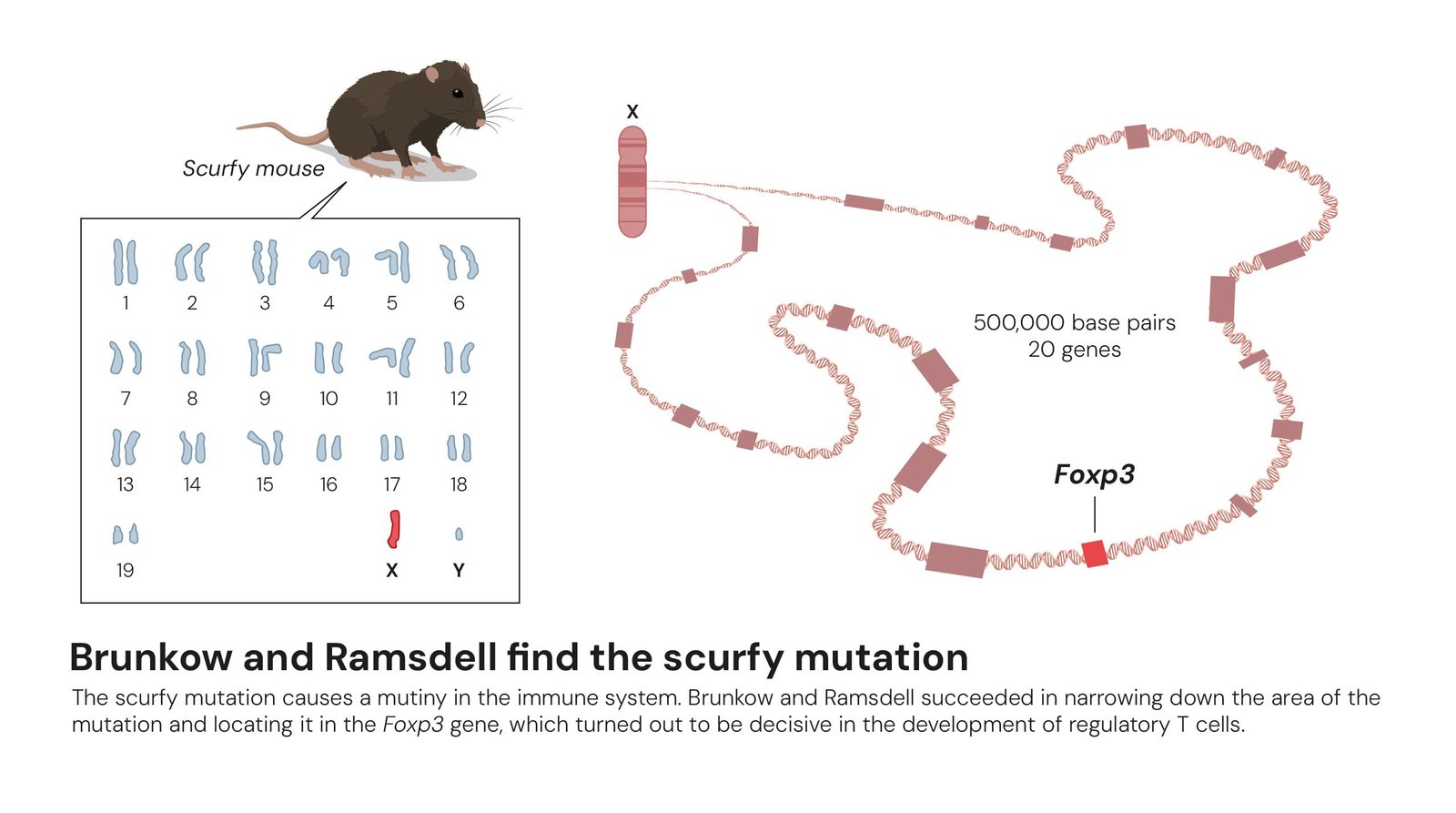
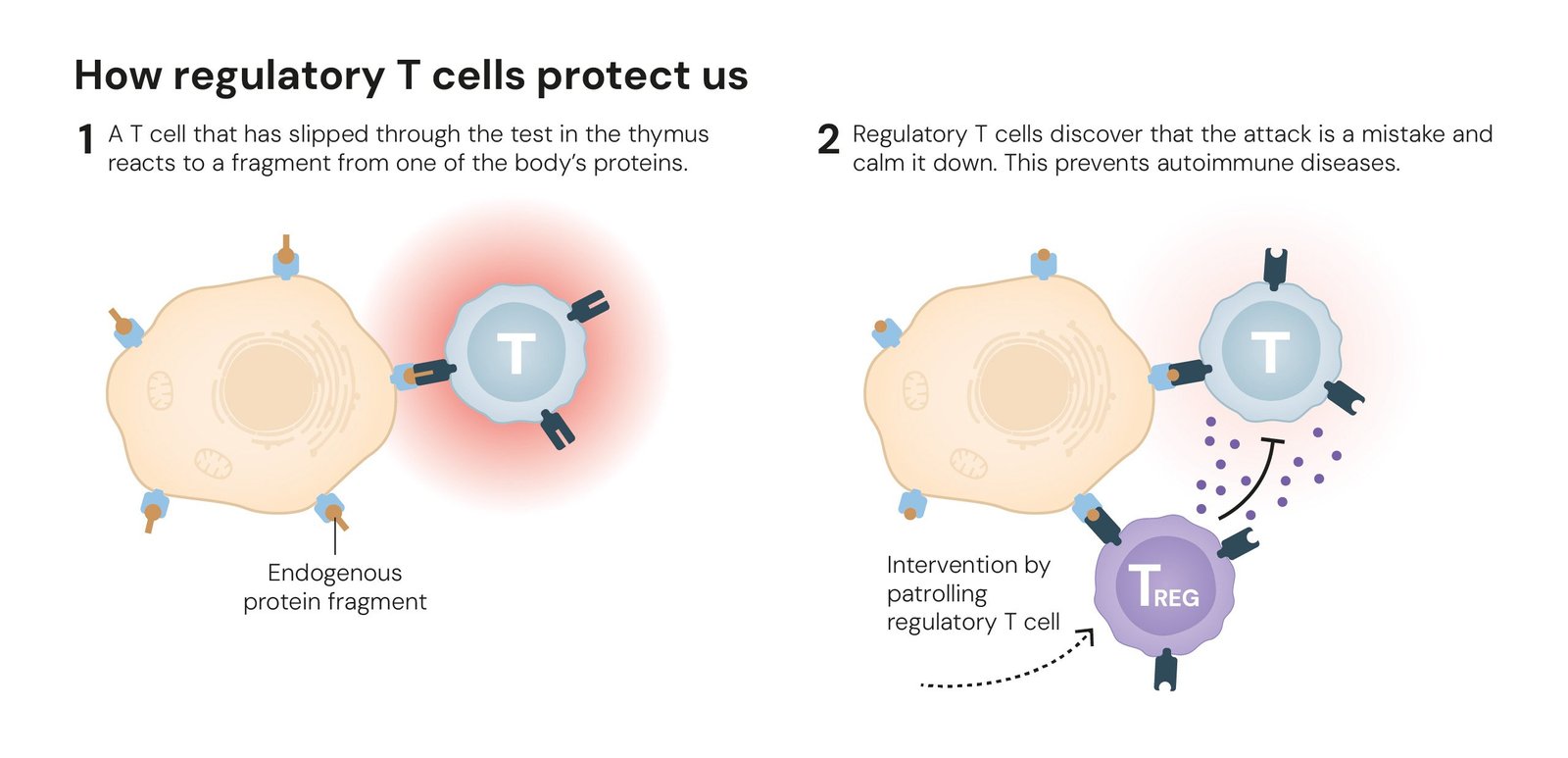 The Nobel Prizes represent the highest level of international recognition, created through the testament of Alfred Nobel, a Swedish chemist, engineer, and industrialist renowned for his invention of dynamite.
The Nobel Prizes represent the highest level of international recognition, created through the testament of Alfred Nobel, a Swedish chemist, engineer, and industrialist renowned for his invention of dynamite.
In his will dated 1895, Nobel allocated the majority of his wealth to support the annual awards, honoring individuals who “have conferred the greatest benefit to humankind” in the year prior.
The inaugural Nobel Prizes were presented in 1901, celebrating exceptional accomplishments in the disciplines of physics, chemistry, medicine, literature, and peace.
In 1968, Sweden’s central bank, Sveriges Riksbank, instituted the Prize in Economic Sciences in Memory of Alfred Nobel, thereby increasing the total number of award categories to six.
Source: nobelprize.org and CNN


